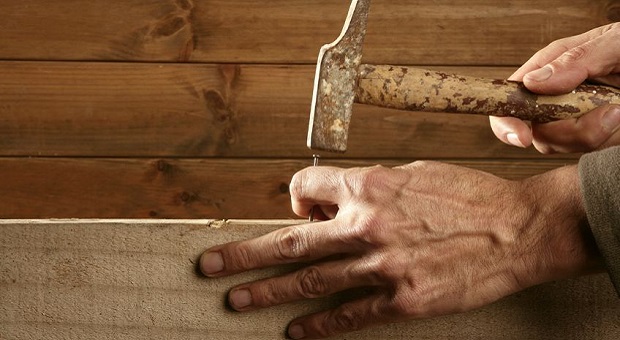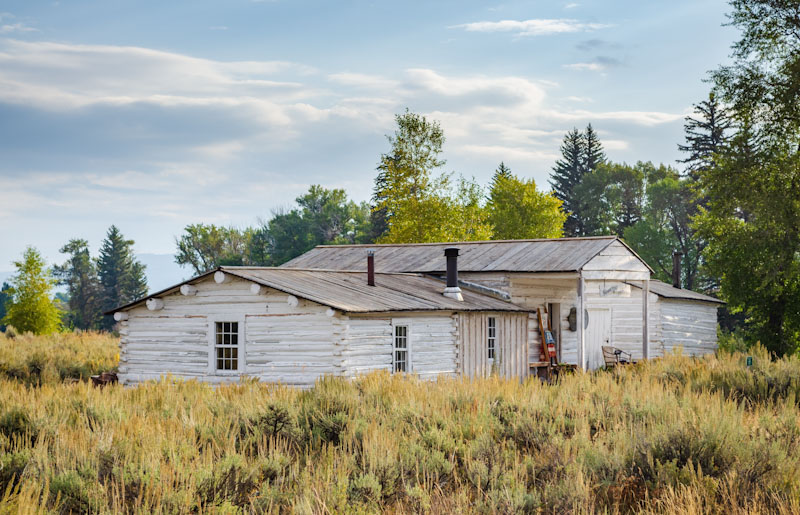With wintertime bearing down upon us, it’s time for many of us to make a few changes.
Winter coats come out of hiding and we put away the shorts and sandals for next year. Some people drain their swimming pools, while others wax up their skis.
The end of Daylight Savings Time leaves us with shorter evenings, which get cold quicker. Rather than being outdoors, we spend most of our time inside.
This pattern has actually gone on for centuries, although I doubt too many of our ancestors had swimming pools to drain or would have any idea of what Daylight Savings Time is. But the part about changing our activities has always existed, especially when we were a more agricultural society.
Life on the farm is built around seedtime and harvest. Once the harvest is in and the winter seeds planted (more to add nitrogen to the soil and prevent erosion), most farming activities come to an end.
Oh, there are usually a few animals around to feed, cows to milk and eggs to gather, but the vast majority of the farm work sits idle until things thaw out in the spring.
That made wintertime a time for indoor projects. Rather than repairing fences or building a barn, our ancestors put those winter months to use in improving the homestead. Even modern farmers utilize the winter months for maintenance tasks on the farm, repairing and doing preventative maintenance on their tractors.
As those who are seeking to be self-sufficient and prepared for any disaster, it seems to me that we can take a valuable lesson from our ancestors and use the winter for a few good projects. How about some of these:
Make Snowshoes
If you live anywhere where there is a lot of snow, a pair of snowshoes makes a great addition to your survival gear. Without snow plows to clear the streets, you might have trouble getting out of your home in an emergency. Snowshoes provide a good alternative; and unlike skis, it doesn’t take much to learn how to use snowshoes.
Today’s modern snowshoes are made of composite materials, but they used to be made of wood and rawhide. The framework of the snowshoe was made as a teardrop or an oval, with a couple of crossbars to support the weight of a foot. For these wood parts, a good, flexible wood is needed, such as willow. Use green wood, peel the bark and soak it in water. Then, use heat to bend the wood. You might want to bend more than you need, just in case one doesn’t come out good.
The rest of the snowshoe consists of lacing back and forth across the framework, much like caning a chair. This was traditionally done with rawhide lacing. The idea is to create a net of lacing, so that it will spread your weight and won’t sink in the snow.
The last part of building a snowshoe is to put some leather straps on it (not rawhide) to hold your boots to the snowshoe. You only want the front part of your boot attached (the ball of the foot), so that the heel of the foot is free to raise and fall, without affecting the snowshoe.
Build Storage in the Basement
It seems that one constant shortage for any prepper is storage space. As our stockpiles grow, we need more space to store things. Not only that, but we need our storage to be arranged in such a way that we will be able to find things easily, when the time comes. Piles of boxes aren’t easy to work with, when you need to find something to fix for dinner.
So this is a great time for building storage shelves, can dispensers and other storage projects that will make your supplies more accessible when the time comes. At the same time, it makes it easier to rotate your stock, so that you can keep your food stockpile fresh.
Another storage project you might want to consider is building a root cellar in one corner of the basement. What makes a root cellar work is having it underground. Well, your basement is already underground and if you are like most people, you don’t really heat it. So, you’re off to a good start.
The nice thing about a root cellar is that it will help the produce from your garden last longer. While you can use canning for everything, that would require a lot of canning jars. Produce stored in a root cellar, especially root vegetables (hence the name) will last for a long time, even until the next spring. Although I will have to say that in the spring they won’t look as nice and fresh as they did in the fall.
Video first seen on Lacquerandlace Vintage at heart
Learn Blacksmithing
The art of blacksmithing has largely been lost, but it is making a comeback. My dad was a blacksmith and I learned a bit about it from him, before his career was abruptly ended by an accident. After breaking his shoulder, he had to give up the forge and sold it.
A true blacksmith can make just about anything out of metal. Considering that any TEOTWAWKI scenario would make the purchase of manufactured goods just about impossible, knowing how to make your own and having the tools to do so, could make you a very valuable member of your survival team or even your community.
While an experienced blacksmith has quite a collection of tools, you really don’t need all that many to start with. An anvil and forge, a good hammer (about 3 pounds) and some tongs to hold the work are a good starting point. Many of the other tools you need, you can make yourself. In fact, making those tools was a normal part of a blacksmith’s apprenticeship.
Forges can be build many different ways. Probably one of the simplest designs I’ve seen was a brake drum from an 18-wheeler. A section of one side was cut out (about 1/6 the circumference) and a blower was added to pump air through the bottom. The blower is critical, whether an electric one or the old-fashioned bellows. That’s what forces the coal to burn faster, creating enough heat.
While coal was the traditional fuel for the forge, I’ve heard of people using charcoal successfully. Coal will burn hotter, but if all you can get is charcoal, then by all means use it.
There are several different techniques that blacksmiths use, but the basic concept is to heat the metal in the forge and then use a hammer and the anvil to form it. This takes practice and builds muscle as well. The nice thing about doing it in the wintertime is that the combination of the heat off the forge and the physical work of swinging the hammer will keep you warm.
Work on Your Shooting Skills
No matter how good a shot you are, you can always be better. Most of us have trouble finding enough time to go to the range and work on bettering our skills. Well, the cold winter months make an excellent time to do just that, especially if your local range is an indoor one.
Granted, ammunition can be a bit expensive, but there are a lot of things you can do to practice, which don’t require going to the range and burning ammo. You can do dry fire exercises, draw and fire, magazine changes, maneuvering and building clearing practice. All that can be done in the comfort of your own home.
You can even do some of that while sitting and watching the game. That way, you have an answer for your wife, when she says that you’re wasting time. You’re not wasting it, you’re practicing. The TV is just on to distract you, making your practice more realistic.
Build a Homemade Recurve Bow
Modern bows are rather complex affairs, since most are compound bows. While I suppose it might be possible to build one yourself, it’s a whole lot easier to build a recurve bow. And though that may not be as easy to use as a compound, it makes a fun project and doesn’t cost as much.
You can buy bow blanks in a variety of woods. I’ll leave off the debate about which one is the best for now. You can do your own research on that. But once you have the blank, the main part of turning it into a bow is to carefully shape the limbs, thinning them out towards the end. While a drawknife can be used for this, a spokeshave will help ensure that you don’t cut off too much at one time.
The recurve tips on a bow actually add a lot of velocity to the shot. They are formed after the limbs have been thinned and shaped. The wood is soaked in water and then bent over a hot drum to make the curve. You’ll either need a strong friend to help, or a means of clamping the end of the bow limb in place while you bend it.
These projects should be able to help keep yourself out of trouble with your wife this winter and even have the potential of contributing towards your family’s survival. They can take time that would otherwise be unproductive and turn it into time that is well spent, providing you with the pleasure of working with your hands, while doing something productive.
This article has been written by Bill White for Survivopedia.









Pingback:Winter Projects For A Man’s Hands – Survivalot | January 4, 2016
|
Pingback:Winter Projects For A Man’s Hands | Freedom Newz | January 4, 2016
|
Pingback:Winter Projects For A Man’s Hands | Prepper's Survival Homestead | January 4, 2016
|
Pingback:Winter Projects For A Man’s Hands | NewZSentinel | January 4, 2016
|
Pingback:Survival News 01/04/16 | Survival Pulse | Daily Survival & Prepper News | January 4, 2016
|
Pingback:Winter Projects For A Man’s Hands | Bsn Global News | January 4, 2016
|
Pingback:Winter Projects For A Man’s Hands | Survival World News | January 5, 2016
|
Pingback:Winter Projects For A Man’s Hands | TheSurvivalPlaceBlog | January 6, 2016
|